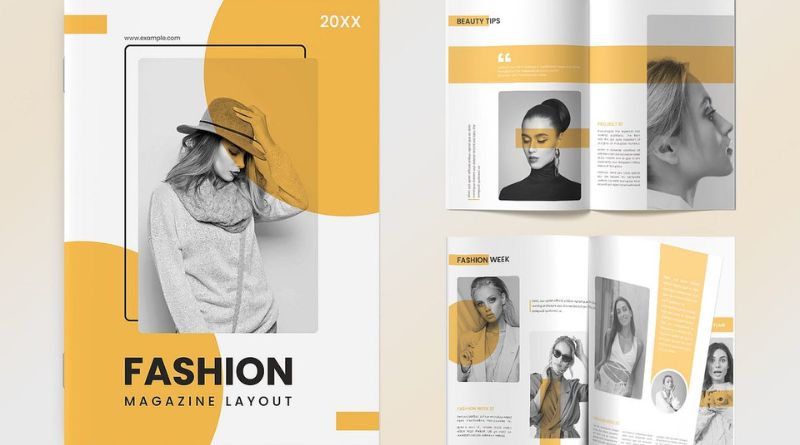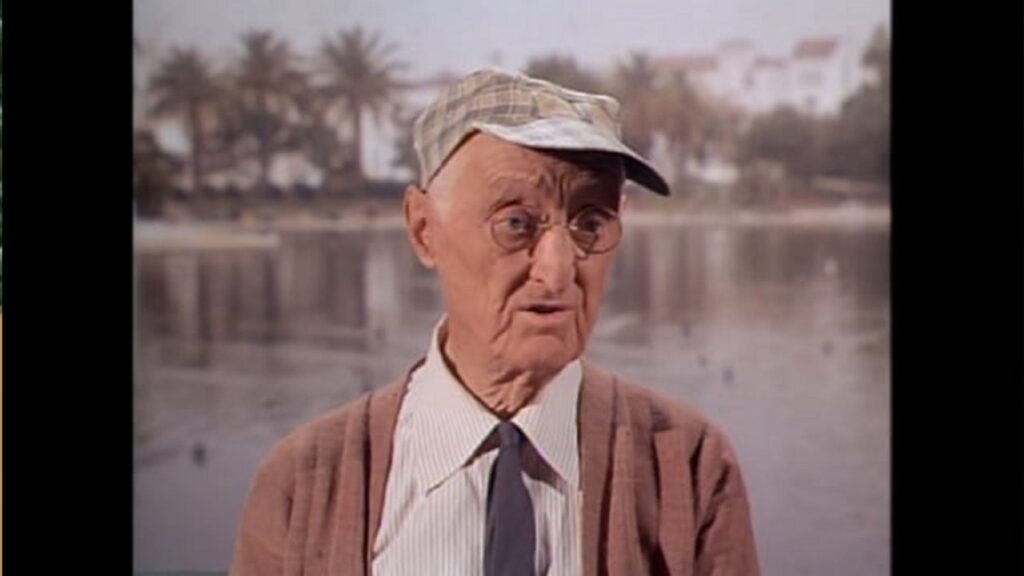Designing a fashion magazine is a creative yet highly structured process. The goal is to produce an aesthetically pleasing, engaging, and functional magazine that appeals to the target audience while staying true to the brand’s identity. A key element of this process is the fashion magazine design brief example, a document that outlines all the necessary details to guide designers, editors, and other team members in the creation of the magazine.
Table of Contents
A well-crafted design brief acts as a blueprint, ensuring that everyone involved understands the project’s goals, scope, style, and expectations. In this article, we’ll delve into the components of a fashion magazine design brief, providing a clear fashion magazine design brief example that can be used as a reference for your own projects.
What is a Fashion Magazine Design Brief?
A fashion magazine design brief is a written document that outlines the overall vision for the publication, including its objectives, target audience, design elements, and specific guidelines. It serves as a communication tool between designers, editors, and clients, ensuring that everyone is aligned on the vision, tone, and look of the magazine. The design brief defines the project scope, establishes timelines, and provides necessary details on visual styles, fonts, layout preferences, and other design elements.
In essence, a design brief ensures that all stakeholders are on the same page and helps the design team create a publication that resonates with readers while reflecting the brand’s identity.
Components of a Fashion Magazine Design Brief
A fashion magazine design brief example typically includes several key components. Each section provides critical information to ensure that the design team can execute the vision effectively. Let’s break down these components:
1. Project Overview and Objectives
This section provides a high-level summary of the magazine’s purpose and goals. It’s important to define the overall mission and editorial direction. For example, a fashion magazine might aim to inform, inspire, or entertain readers, with a specific focus on high fashion, street style, sustainable fashion, or celebrity trends.
Example:
- Project Name: Luxe Style Magazine
- Objectives: To create a visually stunning fashion magazine that showcases high-end fashion trends, emerging designers, and style tips for fashion-conscious individuals aged 25-40.
2. Target Audience
Understanding the target audience is critical in determining the style, tone, and design of the magazine. This section should outline key demographics such as age, gender, income level, and lifestyle. A fashion magazine’s target audience will influence decisions such as font choice, image style, color schemes, and even content tone.
Example:
- Audience: Affluent women, ages 25-40, with a keen interest in luxury fashion, high-end brands, and the latest fashion trends. The readers are typically professionals or entrepreneurs, with disposable income to invest in quality fashion.
3. Brand Identity and Tone
The magazine’s design should align with the brand’s identity and tone. Is it playful and quirky, or sophisticated and chic? This section describes the magazine’s brand, including its values, voice, and the emotions it wants to evoke in readers. The design should reinforce this identity through visual elements like typography, color schemes, and layout.
Example:
- Brand Identity: Luxe Style embodies elegance, sophistication, and modern luxury. The design should reflect the magazine’s high-end, editorial feel, with a focus on minimalist elegance.
- Tone: Polished, refined, and authoritative, with a touch of glamour.
4. Design Style and Aesthetic
This section is where the creative direction is laid out. It includes specific design elements like color palettes, typography, imagery, and overall visual style. Are you aiming for a minimalist, editorial look or a more bold, vibrant style? This section is key in determining the aesthetic appeal of the magazine and should align with the target audience’s preferences.
Example:
- Style: Clean, minimalist layouts with lots of white space. Bold, large typography for headlines, paired with elegant serif fonts for body text. The use of high-quality, fashion-forward photography to highlight trends and designer pieces.
- Color Palette: Black, white, gold accents, and muted neutrals for an opulent yet understated feel.
5. Layout and Grid System
This section provides guidelines on the magazine’s layout, including the number of columns, spacing, and page dimensions. A consistent grid system ensures that the magazine remains visually coherent, with elements properly aligned and balanced across pages.
Example:
- Grid System: The magazine will use a 3-column grid with ample margins and padding to ensure a clean, spacious look. Full-page editorial spreads will be featured for high-impact photography, with captions placed below images for clarity.
- Page Dimensions: Standard A4 size (8.27 x 11.69 inches), with a 1-inch margin on all sides.
6. Content Structure
This section outlines the types of content to be included in the magazine, such as features, interviews, photo shoots, editorial pieces, fashion spreads, and advertisements. The content structure will guide the design team on how to allocate space for each type of content and how to balance text-heavy sections with imagery.
Example:
- Content Breakdown:
- Cover Story: Feature article with accompanying photography (2-3 pages).
- Fashion Editorials: Full-page spreads highlighting seasonal trends (5-6 pages).
- Interviews: Designer profiles and celebrity interviews (2 pages).
- Columns: Regular features on beauty, lifestyle, and fashion tips (1-2 pages each).
- Advertising: Luxury brand advertisements placed discreetly within editorial content.
7. Photography and Imagery Guidelines
The type of imagery used is central to a fashion magazine’s success. This section should provide clear guidelines on the style, tone, and quality of images that align with the magazine’s vision. Whether you’re working with a photographer or sourcing stock images, the imagery should reflect the editorial direction.
Example:
- Photography Style: High-quality, editorial fashion photography that features clean, sharp compositions. The focus should be on runway collections, luxury items, and close-up details of fashion accessories. Images should evoke a sense of sophistication, with a neutral background to highlight the products.
8. Deliverables and Timeline
This section outlines the expected deliverables and deadlines for the project. Clear timelines are essential for keeping the design process on track and ensuring that all team members are working efficiently. It may also include the final file formats required for print or digital publication.
Example:
- Deliverables: Final magazine design files, including print-ready PDFs for each issue. All image assets and fonts used should also be delivered for future use.
- Timeline:
- Initial mock-ups due in 1 week.
- Final design for approval due in 3 weeks.
- Print-ready files to be delivered by Week 5.
Fashion Magazine Design Brief Example: Summary
To help visualize the above components in a cohesive way, here’s an example of a fashion magazine design brief:
Luxe Style Magazine Design Brief
Project Overview: Luxe Style Magazine is a high-end fashion publication aimed at affluent women aged 25-40. The goal is to create a visually compelling, editorial fashion magazine that showcases luxury trends, emerging designers, and provides fashion inspiration.
Target Audience: Affluent women, ages 25-40, with a strong interest in high fashion and luxury brands. They are professionals or entrepreneurs with disposable income to invest in fashion.
Brand Identity: Luxe Style embodies elegance and sophistication. The tone should be refined, glamorous, and authoritative.
Design Style: A minimalist, elegant aesthetic. Use of white space, serif fonts, and high-quality fashion photography. A sophisticated color palette of black, white, and gold accents.
Layout: 3-column grid with clean margins. Full-page spreads for editorial photography.
Content Structure: Includes a cover story, fashion editorials, interviews, and advertising placements.
Imagery: High-quality, editorial photography with neutral backgrounds. Focus on luxury products and fashion accessories.
Timeline: First mock-up due in one week, final design approval in three weeks, and print-ready files by Week 5.
FAQs About Fashion Magazine Design Briefs
1. What is the importance of a fashion magazine design brief?
A design brief acts as a roadmap for the entire design process, ensuring that the team stays on track and produces a publication that meets the goals of the magazine. It helps communicate expectations clearly and avoids misunderstandings.
2. How detailed should a design brief be?
A design brief should be as detailed as necessary to ensure that everyone involved understands the project’s goals, vision, and requirements. However, it should also be flexible enough to allow for creative input.
3. Can a fashion magazine design brief change during the project?
Yes, a design brief can evolve throughout the design process as new ideas emerge or as the editorial direction shifts. However, any major changes should be communicated clearly to the team.
4. Who should be involved in creating the design brief?
The design brief is typically created by the project manager, designer, or editor-in-chief, in collaboration with stakeholders like marketing teams, photographers, and other creatives.
5. What are the key elements to focus on when creating a design brief for a fashion magazine?
The most important elements are the project objectives, target audience, design style, content structure, and timeline. These elements help guide the design team in executing the vision effectively.
Conclusion
A fashion magazine design brief example provides a clear, structured outline for the design process, ensuring that the publication remains aligned with its goals and target audience. Whether you’re a designer, editor, or project manager, having a comprehensive



